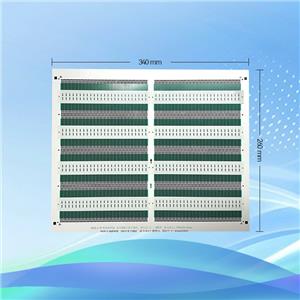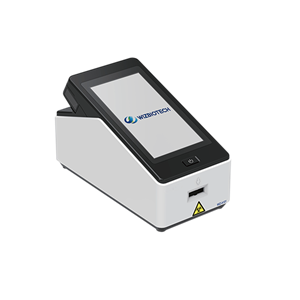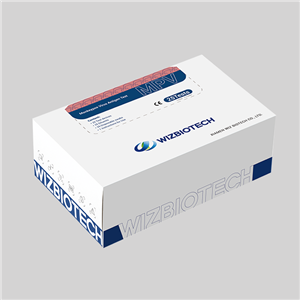How to easily differentiate bacterial infection from viral infection(Part 1)
Bacterial and viral infections are two common types of infections in clinical practice. Generally, the diagnosis of infectious diseases relies mainly on pathogen detection, with the most common method being pathogenic microorganism culture. However, this method has the disadvantage of a long detection process, which may delay treatment.
Of course, the most direct approach is to observe clinical symptoms and signs. Although there are subtle differences between bacterial and viral infections, it is often difficult to differentiate them due to atypical symptoms and signs.
So, before obtaining pathogen test results, what other methods can be used to differentiate bacterial and viral infections? Look at the infection markers. Commonly used infection markers in clinical practice mainly include C-reactive protein (CRP), procalcitonin (PCT), heparin-binding protein (HBP), serum amyloid A (SAA), interleukin-6 (IL-6), etc.
Today, let's first understand the indicators that increase significantly only during a bacterial infection - CRP, PCT, and HBP
★ CRP: CRP only increases in bacterial infections and can be used to differentiate infectious inflammatory reactions. In viral infections, CRP usually does not increase (except for some severe invasive viruses that cause tissue damage, such as the coronavirus, adenovirus, herpes virus, etc.). Therefore, CRP is not specific and an increase in CRP levels is highly indicative of bacterial infection.
★ PCT: Similar to CRP, PCT is strong evidence for diagnosing bacterial infections in clinical practice. It has high sensitivity and specificity and does not increase or only mildly increase in viral diseases. Therefore, PCT can also be used as a diagnostic marker to differentiate bacterial and viral infections. Additionally, PCT has higher sensitivity and specificity than CRP in distinguishing viral diseases.
★ HBP: HBP is one of the earliest markers to increase bacterial infections. It can be detected in plasma within 1 hour after the onset of local or mild bacterial infection. This is a significant advantage compared to inflammatory markers such as CRP and PCT and can be considered an early warning sign of inflammation. HBP levels increase in bacterial infections, while they do not increase in viral infections.
Xiamen Wiz Biotech Co., Ltd. is a high-tech company engaged in the research and development, production and sales of rapid diagnostic reagents and instruments. Focusing on technological innovation, WIZBIOTECH develops POCT testing reagents and instruments and takes advantage of existing channels to expand the medical market, to become a leader in the field of rapid diagnostic POCT. At present, WIZ has a mature immune chromatography technology platform, and more than 120 reagents have been certified in China and abroad, covering SARS CoV-2 solutions, gastrointestinal function, infection, infectious disease, hepatitis, AIDS, and other series of products. In addition, the company has also made significant progress in the layout of chemiluminescence, microfluidic platforms, molecular diagnostics, and other technology platforms, to build competitive barriers and win international competitiveness.




